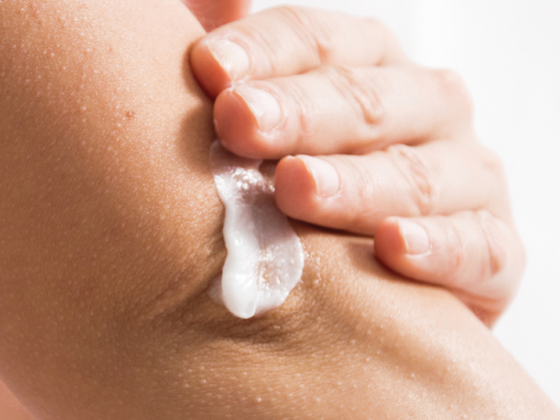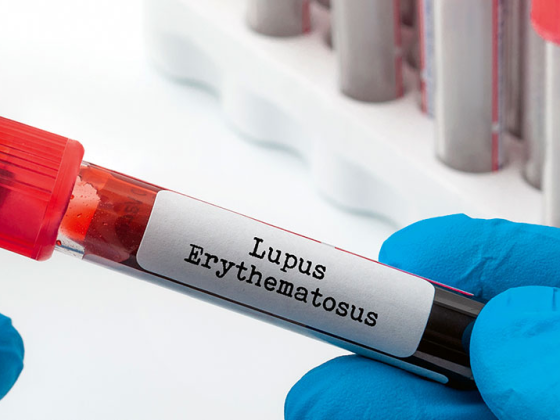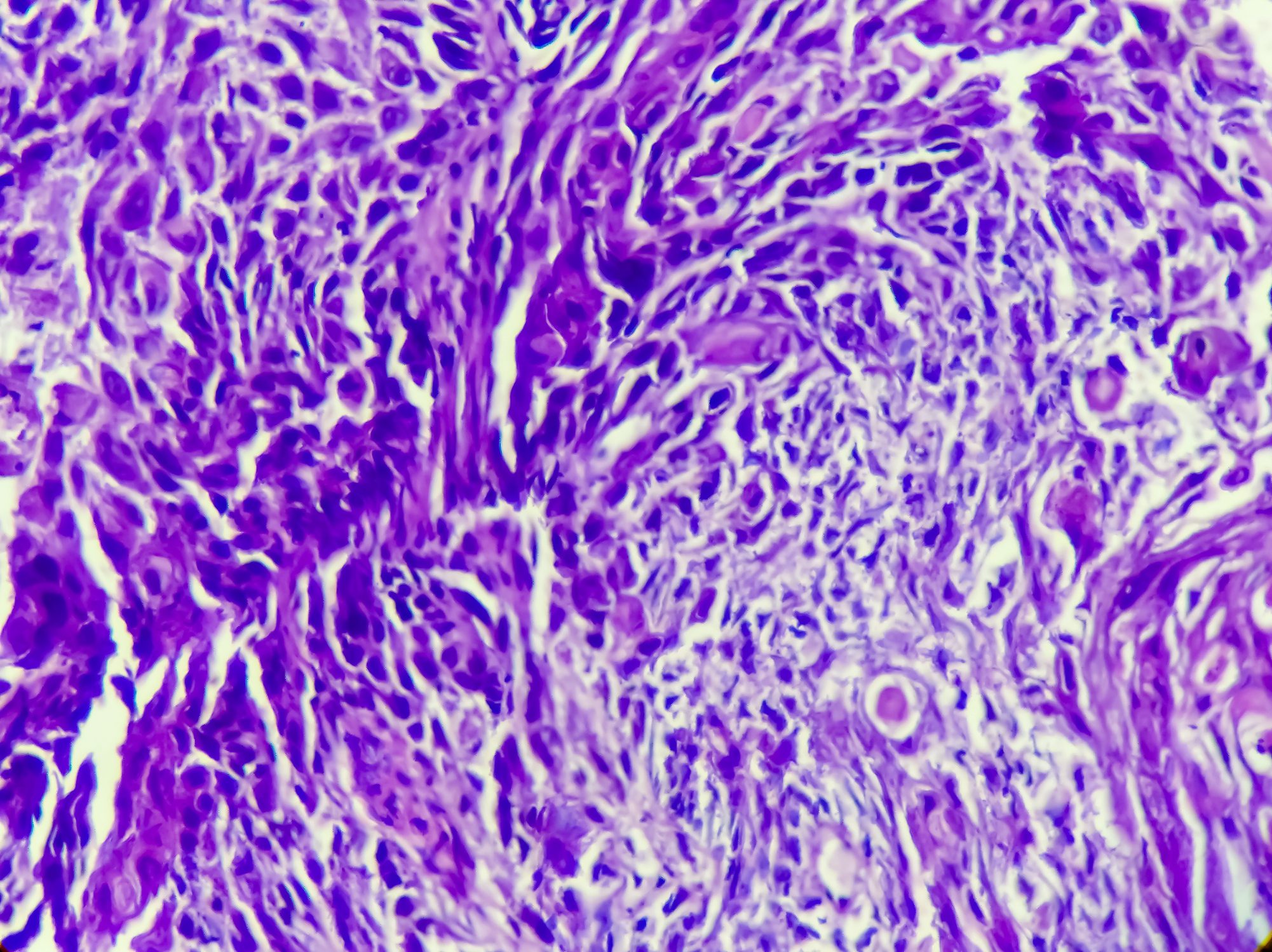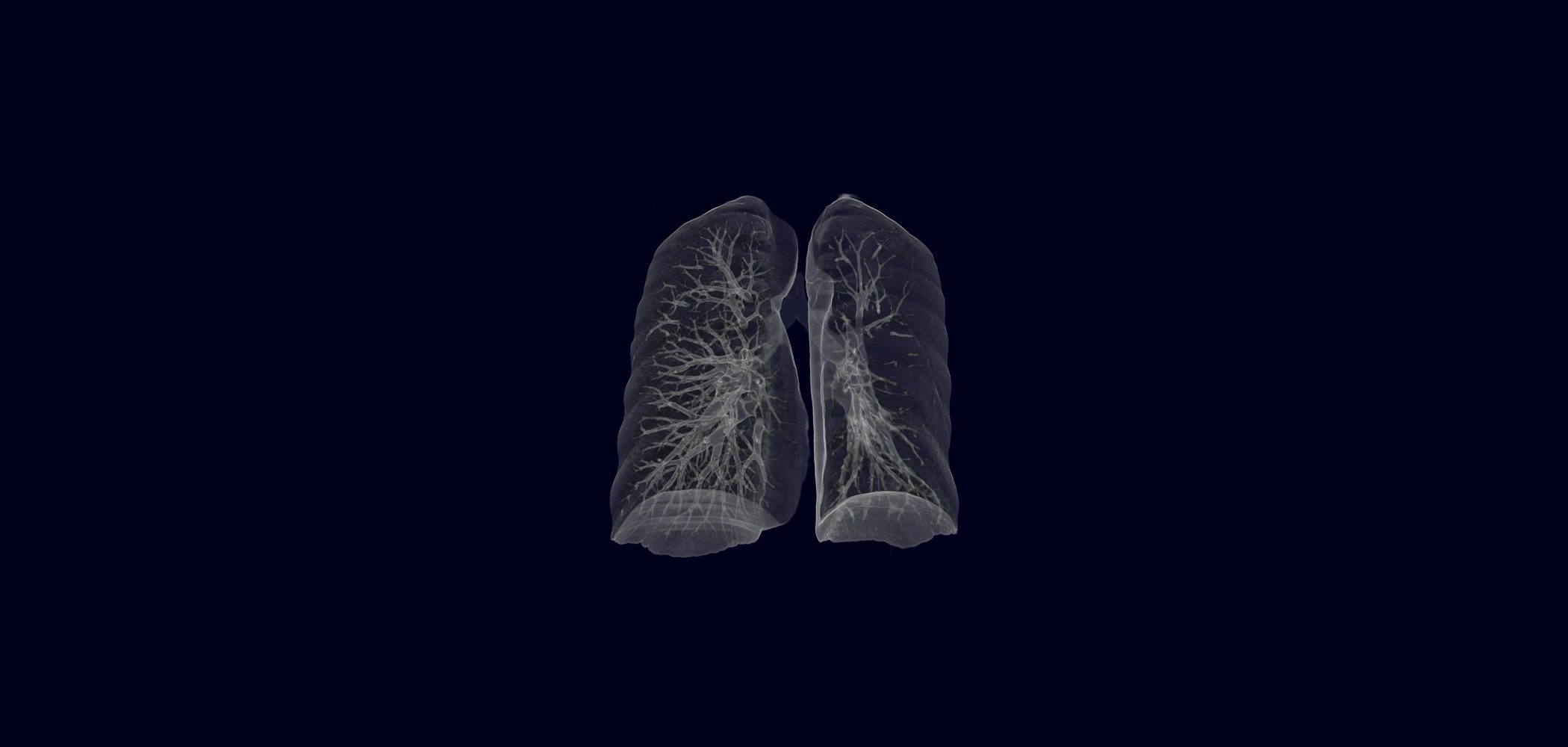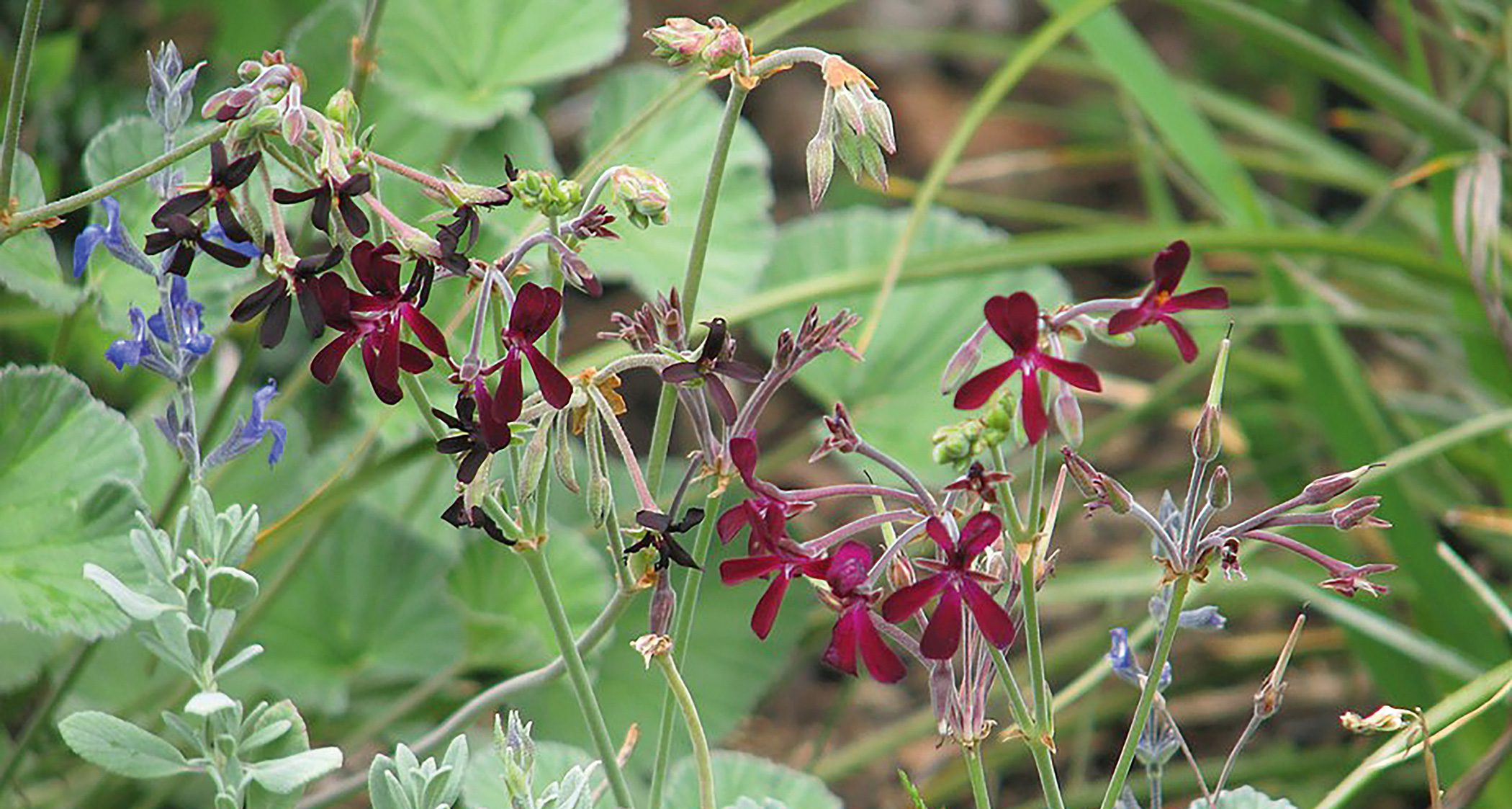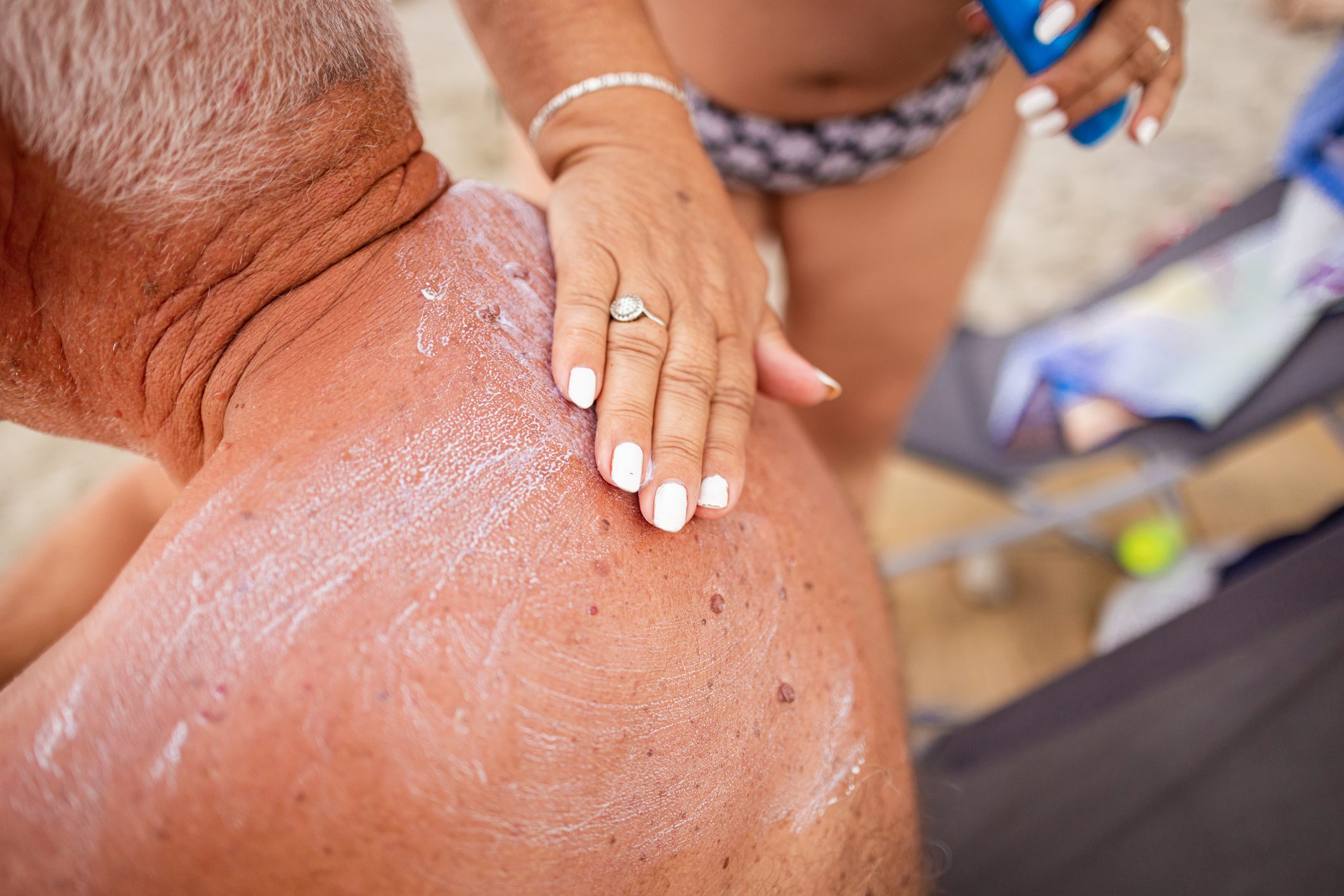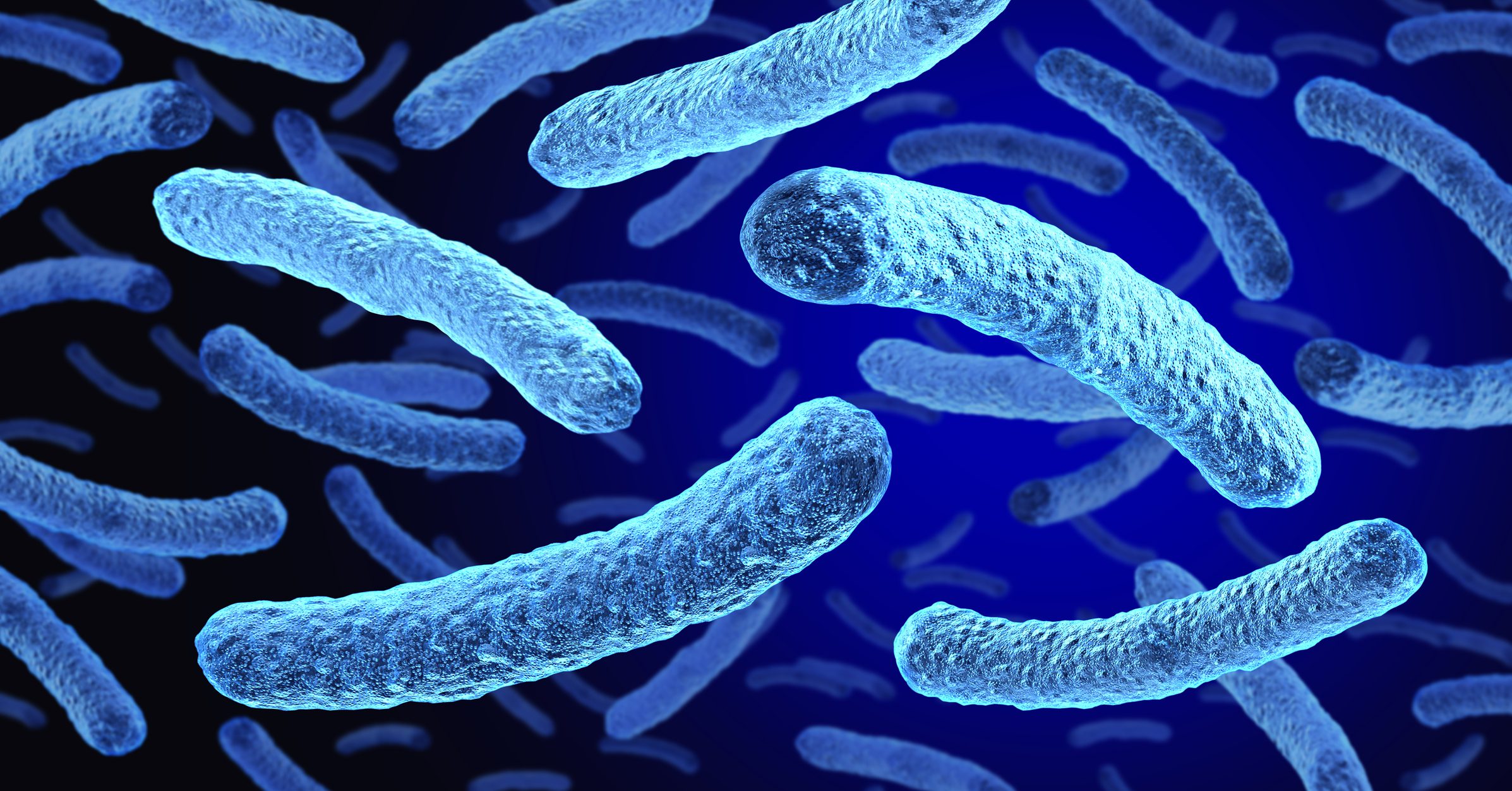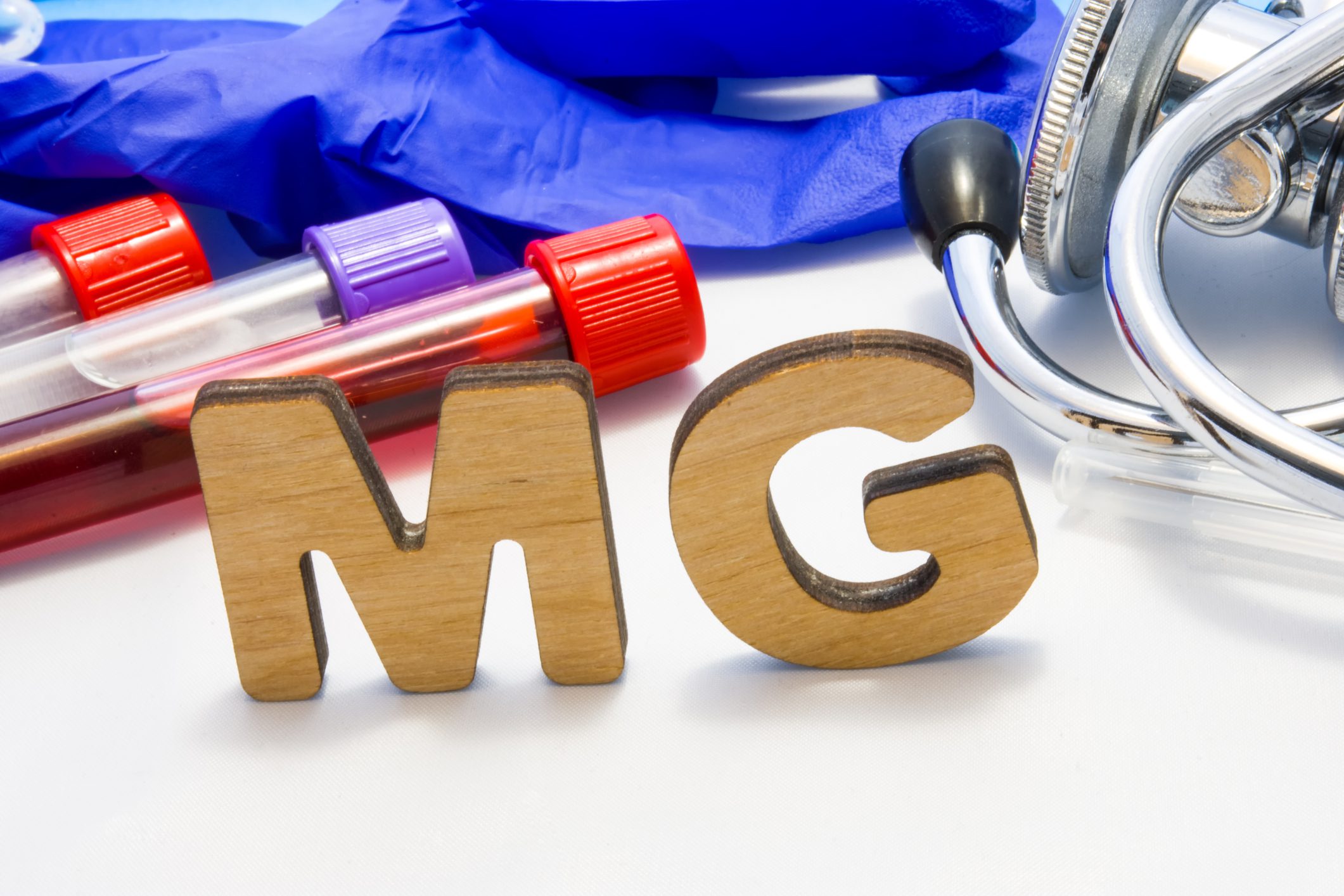People suffering from chronic sinusitis with nasal polyps can literally breathe a sigh of relief: drugs from the group of biologics that specifically intervene in the causative disease mechanisms may make their lives easier in the future.
Widespread clinical picture with high level of suffering
Ten to fifteen percent of the adult population suffer from both chronic inflammation of the mucous membrane of the nose (rhinitis) and inflammation of the mucous membrane of the paranasal sinuses (sinusitis); this is then referred to as chronic rhinosinusitis (CRS). In some affected individuals, the mucosa also proliferates and forms polyps – a clinical picture called chronic rhinosinusitis with nasal polyps (CRSwNP). Symptoms range from obstructed nasal breathing, runny nose and olfactory dysfunction to loss of sense of smell, headaches and sleep disturbances. “In some cases, the quality of life – especially in patients with nasal polyps – is very severely restricted. For example, 30 to 70 percent of CRSwNP patients also suffer from asthma. Psychological concomitant diseases also occur,” explains Professor Dr. med. Heidi Olze, board member of the DGHNO-KHC Working Group Clinical Immunology, Allergology and Environmental Medicine.
Diagnosis and conventional therapy method
Diagnosis is based on clinical symptoms, nasal endoscopy, and computed tomography. In standard therapy, CRSwNP is treated by nasal rinses with saline and nasal glucocorticosteroids (nasal sprays containing cortisone, additionally also by sinus surgery with removal of nasal polyps and with systemic glucocorticosteroids (tablets). However, in severe cases this is often not sufficient and in some patients the polyps develop again and again.
Therapeutic approach of biologics
The immunologic mechanisms leading to chronic sinusitis with nasal polyps are now well understood. In 80 percent, the underlying cause is a type 2 inflammation, as is also known from allergic inflammations. Here, certain messenger substances or cells of the immune system – the interleukins IL-4, IL-13, IL-5 and IgE – play an important role. “Based on these findings, scientists were able to develop biologics, monoclonal antibodies, that precisely target the messenger substances interleukin 4 and interleukin 13 and IgE or the cells, the eosinophils, which are specialized white blood cells, and thus reduce inflammation,” explains Olze, director of the Department of Otolaryngology at Charité- Universitätsmedizin Berlin. They thus offer therapeutic alternatives for patients who repeatedly develop polyps under previous treatment and do not experience a lasting improvement in their sense of smell and/or nasal breathing. “As studies in many patients have shown, the two active substances dupilumab (antibody against IL4/13) and omalizumab (antibody against IgE) effectively and safely reduce nasal polyps and other symptoms of CRSwNP; patients’ quality of life improves decisively,” the expert reports. An important prerequisite for therapeutic success is evidence of severe, uncontrolled CRSwNP and underlying type 2 inflammation.
Source: German Society of Otorhinolaryngology,
Head and Neck Surgery e.V., Bonn (DGHNO-KHC)
Literature:
Jappe U et al. Biologics in atopic diseases: Indication, side effect management and new developments. Allergology. 2021; 44 (1): 54-80.
Hastan D et al. Chronic rhinosinusitis in Europe – an underestimated disease. A GA2LEN study. Allergy. 2011; 66 (9): 1216-1223.
Fokkens WJ, Lund VJ, Hopkins C, et al. European position paper on rhinosinusitis and nasal polyps 2020. Rhinology. 2020;58(Suppl S29):1-464.
Stuck BA et al. Guideline “Rhinosinusitis” – Long version: S2k guideline of the German Society for General and Family Medicine and the German Society for Otorhinolaryngology, Head and Neck Surgery e. V ENT. 2018; 66(1):38-74.
Tomassen P et al. Inflammatory endotypes of chronic rhinosinusitis based on cluster analysis of biomarkers. The Journal of allergy and clinical immunology. 2016; 137 (5): 1449-1456.
Bachert C et al. Efficacy and safety of dupilumab in patients with severe chronic rhinosinusitis with nasal polyps (LIBERTY NP SINUS-24 and LIBERTY NP SINUS-52): results from two multicentre, randomised, double-blind, placebo-controlled, parallel-group phase 3 trials. Lancet. 2019; 394(10209):1638-1650.
Gevaert et al. Efficacy and safety of omalizumab in nasal polyposis: 2 randomized phase 3 trials. J Allergy Clin Immunol. 2020; 146(3):595-605.
Han JK et al. Mepolizumab for chronic rhinosinusitis with nasal polyps (SYNAPSE): a randomised, double-blind, placebo-controlled, phase 3 trial. Lancet Respir Med. 2021; 16:2213-2600.
Klimek L et al. Position Paper: Application of Biologics in Chronic Rhinosinusitis with Polyposis nasi (CRSwNP) in the German Health Care System – Recommendations of the Medical Association of German Allergists (AeDA) and the WGs Clinical Immunology, Allergology and Environmental Medicine and Rhinology and Rhinosurgery of the German Society of Otolaryngology, Head and Neck Surgery (DGHNOKHC). Laryngorhinootology. 2020; 99(8):511-527.
Fokens WJ et al. EUFOREA consensus on biologics for CRSwNP with or without asthma. Allergy 2019; 74 (12): 2312-2319



